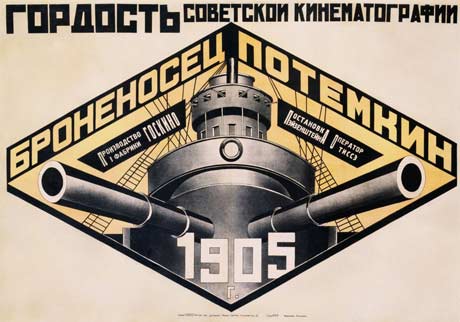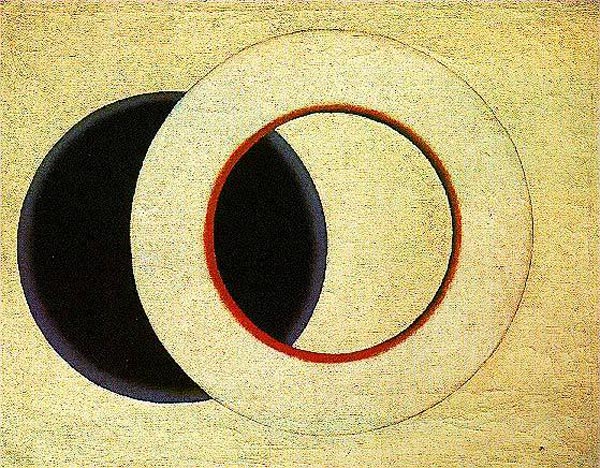Aleksander Mikhailovich Rodchenko (Russian: Алекса́ндр Миха́йлович Ро́дченко) was a Russian artist, sculptor, photographer and graphic designer. He was one of the founders of constructivism and Russian design; he was married to the artist Varvara Stepanova.
(Photography of Alexander Rodchenko)
Rodchenko was one of the most versatile Constructivist and Productivist artists to emerge after the Russian Revolution. He worked as a painter and graphic designer before turning to photomontage and photography. His photography was socially engaged, formally innovative, and opposed to a painterly aesthetic. Concerned with the need for analytical-documentary photo series, he often shot his subjects from odd angles—usually high above or below—to shock the viewer and to postpone recognition. He wrote: "One has to take several different shots of a subject, from different points of view and in different situations, as if one examined it in the round rather than looked through the same key-hole again and again."
(A poster by Alexander Rodchenko)
Life and Career
Rodchenko was born in St. Petersburg to a working class family. His family moved to Kazan in 1909, after the death of his father at which point he studied at the Kazan School of Art under Nikolai Feshin and Georgii Medvedev, and at the Stroganov Institute in Moscow. He made his first abstract drawings, influenced by the Suprematism of Kazimir Malevich, in 1915. The following year, he participated in "The Store" exhibition organized by Vladimir Tatlin, who was another formative influence in his development as an artist.
Rodchenko was appointed Director of the Museum Bureau and Purchasing Fund by the Bolshevik Government in 1920. He was responsible for the reorganization of art schools and museums. He taught from 1920 to 1930 at the Higher Technical-Artistic Studios (VKhUTEMAS/VKhUTEIN).
In 1921 he became a member of the Productivist group, which advocated the incorporation of art into everyday life. He gave up painting in order to concentrate on graphic design for posters, books, and films. He was deeply influenced by the ideas and practice of the film-maker Dziga Vertov, with whom he worked intensively in 1922.
(The White Circle by Rodchenko)
Impressed by the photomontage of the German Dadaists, Rodchenko began his own experiments in the medium, first employing found images in 1923, and from 1924 on shooting his own photographs as well. His first published photomontage illustrated Mayakovsky's poem, "About This", in 1923.
From 1923 to 1928 Rodchenko collaborated closely with Mayakovsky (of whom he took several striking portraits) on the design and layout of LEF and Novy LEF, the publications of Constructivist artists. Many of his photographs appeared in or were used as covers for these journals. His images eliminated unnecessary detail, emphasized dynamic diagonal composition, and were concerned with the placement and movement of objects in space.
Throughout the 1920s Rodchenko's work was very abstract. In the 1930s, with the changing Party guidelines governing artistic practice, he concentrated on sports photography and images of parades and other choreographed movements.
Rodchenko joined the October circle of artists in 1928 but was expelled three years later being charged with "formalism". He returned to painting in the late 1930s, stopped photographing in 1942, and produced abstract expressionist works in the 1940s. He continued to organize photography exhibitions for the government during these years. He died in Moscow in 1956.
(Red and Yellow by Rodchenko)
Influence
Much of the work of 20th century graphic designers is a direct result of Rodchenko's earlier work in the field. His influence has been pervasive enough that it would be nearly impossible to single out all of the designers whose work he has influenced. American conceptual artist Barbara Kruger owes a debt to Rodchenko's work.
His 1924 portrait of Lilya Brik has inspired a number of subsequent works, including the cover art for a number of music albums. Among them are influential Dutch punk band The Ex, which published a series of 7" vinyl albums, each with a variation on the Lilya Brik portrait theme, the cover of Mike + the Mechanics album Word of Mouth, and the cover of the Franz Ferdinand album You Could Have It So Much Better. The poster for One-Sixth Part of the World was the basis for the cover of "Take Me Out", also by Franz Ferdinand.
(A poster by Rodchenko)
The End of Painting
In 1921, Russian avant-garde artist Alexander Rodchenko executed what were arguably some of the first true monochromes (artworks of one color), and proclaimed "I reduced painting to its logical conclusion and exhibited three canvases: red, blue, and yellow. I affirmed: this is the end of painting." These paintings were first displayed in the 5x5=25 exhibition in Moscow. For artists of the Russian Revolution, Rodchenko's radical action was full of utopian possibility. It marked the end of easel painting – perhaps even the end of art – along with the end of bourgeois norms and practices. It cleared the way for the beginning of a new Russian life, a new mode of production, a new culture.







there is a mistace in your blog--- on the left where "major constructivists " are ,there is a wrong picture for rodchenko----it is mayakovski on this photo--(famous russian poem writer).
ReplyDeletegood informative blog.
You are absolutely right. Sorry for the huge mistake. Thanks for your attention.
ReplyDeleteHelpful info on this artist. Thanks!
ReplyDelete